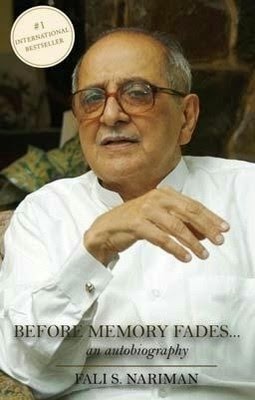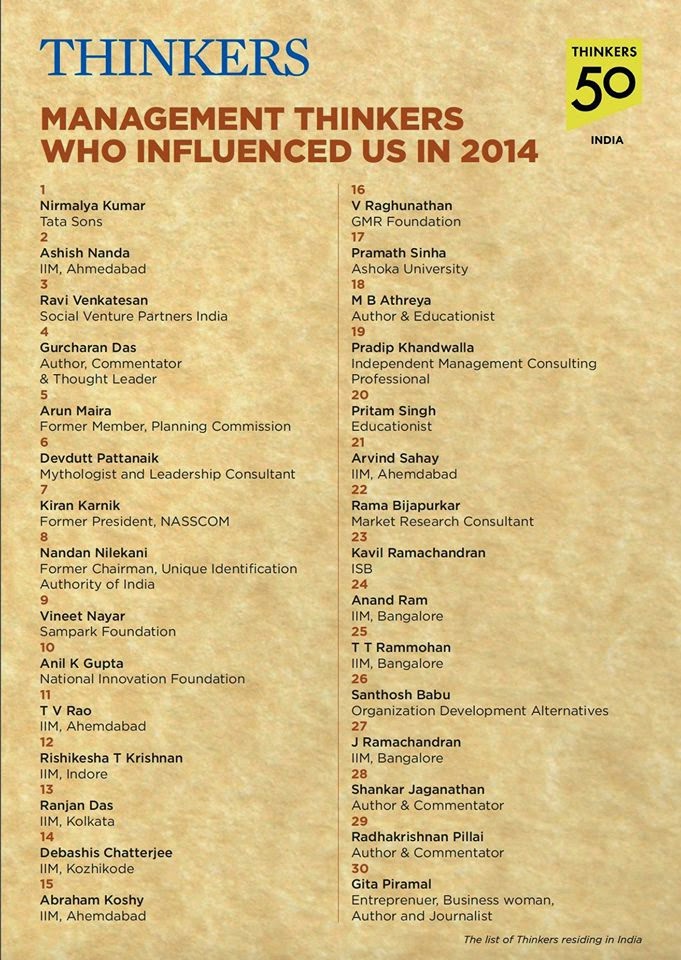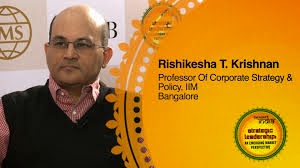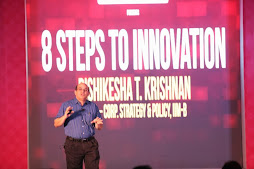Why can’t India create new breakthrough drugs? Or, at a
broader level, what prevents India and Indian firms from undertaking radical
innovation? These are questions that have been on my mind for several years. I
tried to answer these questions at a system-level in my book From Jugaad to
Systematic Innovation: The Challenge for India. One of our doctoral students, Pavan
Soni, is currently engaged with these
questions at the organizational level in his doctoral work on building
capabilities for radical innovation in resource-scarce environments.
These questions came alive again as I read Barry Werth’s
gripping account of the founding and early years of Vertex Pharmaceuticals: The
Billion Dollar Molecule: One Company’s Quest for the Perfect Drug. Vertex was
founded over twenty years ago, so this is not a new book, but the story
nevertheless gives an insight into what it takes to develop new drugs.
Incidentally, in its first four years, Vertex did not manage to develop a drug
though it made progress with some candidates and gave up on others.
Key Features of the Vertex Story
I found several interesting things about the Vertex story:
Distinctive Philosophy: Founder and CEO Joshua Boger played
a fundamental role in shaping Vertex. He worked for several years in senior
scientific positions at Merck, one of the top research-driven pharma companies,
before founding Vertex. He believed that the time had come to scientifically
design molecules rather than use the traditional approach of screening hundreds
of compounds to check them for their potential therapeutic activity. He felt
that a small company devoted to this new approach was more likely to be successful
than a traditional pharma company which had a dominant logic based on
screening. This led him to take the risk of leaving Merck in spite of a very
successful career in the company.
The Role of the Scientific Advisory Board: While Boger put
together a stellar Scientific Advisory Board, Werth’s account suggests that, at
least in the case of Vertex, the SAB contributed more towards the company’s
external image than the company’s own scientific work. In fact, early on,
Vertex “fired” one of the high profile SAB members, Harvard Professor Stuart
Schreiber, because it began to see a conflict of interest with Schreiber’s own
work and felt that Schreiber was not careful enough about keeping the company’s
“secrets.” Schreiber went on to stay a step ahead of Vertex in many of its
early scientific quests.
Ability to sell ideas: In high technology and
discovery-driven fields, technologists are often the best salesmen. Boger
played the sales and marketing role to a “T”, whether it was striking deals
with established drug companies like Japan’s Chugai or Burroughs Wellcome, convincing
investors to participate in Vertex’s IPO or managing gatekeepers at scientific
journals like Nature.
Role of the CEO: But, Boger’s contribution went well beyond
marketing. He played a key role in deciding which molecules to work on (e.g.
the choice of the “re-design” of FK-306, an established immunosuppressant, as
Vertex’s first project), attracting top talent to the company, restoring
motivational levels when spirits sagged, and pivoting to a different molecule
when things didn’t work out. I was amazed by his self-confidence and unwavering
drive (the book gives no evidence of any self-doubt at any stage!). Boger also
integrated the discovery effort across disciplinary boundaries, a tricky task
when there are well-established antagonisms between disciplines, and you are
working with a group of high achievers with huge egos.
People and Network: Vertex benefited from the networks of
its board members (key to raising the Chugai investment), ability to raise
money at regular intervals (including through an IPO capitalizing on a
short-lived bull run in biotech stocks) and the incredibly hard work of its
early employees who worked for days without a break in order to stay ahead and
have a story to tell.
Intense scientific competition helped as well as Vertex
scientists were continuously under pressure from competitors like Schreiber as
to who would take the lead. Information about the latest milestones achieved in
university laboratories filtered into the company through informal networks and
rumours acted as a spur for development.
Vertex was able to assemble a team of all the specialists
needed to work on drug development – chemists, biologists, crystallographers,
spectroscopists, etc., all of the highest caliber, either from top
pharmaceutical companies or leading research groups. Creative abrasion was
expected to help generate the best ideas. The main retention tool apart from
the thrill of developing a new drug was stock options.
At least in the first four years of Vertex, drug development
never happened in the structured, rational way that Boger envisaged. While that
was the holy grail, many milestones were reached through intelligent guesses,
trial and error, and sheer luck. Yet, throughout, the effort was to get there.
Why can’t we have a Vertex from India?
Let’s fast forward to today. Which elements of Vertex’s fast
evolution could be replicated in India, and which would be inimitable?
With enough money, it should be possible to get skilled
people for the technical tasks, and the equipment required to do these tasks. But
I am not sure that we have the kind of people who Boger was able to attract to
Vertex: scientists with the deep expertise at the frontier of the field combined
with the original thinking required to make breakthrough discoveries, and the
strong aspiration to do so. Managing such prima donnas as a group is not an
easy task either.
Also, certain elements of the Vertex model simply don’t
exist in India. In most fields and sub-disciplines, there is no Harvard
equivalent that is pursuing the cutting edge of research and can provide
competitive stimuli or research inputs to a young start-up. The gap between
academia and industry is often lamented in India, and this gap affects the
development of “high tech” industry the most. Email and the internet are no
substitute for the flow of information across organizational boundaries thanks
to informal professional networks.
And India’s investors and capital markets may not have the
risk appetite and be sophisticated enough to make the frequent investments that
would keep a company like Vertex afloat. In its first four years, apart from
the initial funding, Vertex raised money from Chugai and also completed an IPO.
Its only now, and that too in a relatively established space like e-commerce,
that we are seeing multiple rounds of funding in quick succession.
I can’t imagine we have too many Boger equivalents who are
able to straddle “high science,” technology and business. The only person who comes to mind is Vijay
Chandru of Strand Life Sciences.
Conclusion
It’s going to be difficult to create Vertex-like companies
out of India. But there are a few things we can do to help the process, at
least on the supply side.
We need to scale up what the Department of Biotechnology has
supported reasonably well over the years – creation of a critical mass of highly
qualified scientists and technologists in the areas of modern Biology and
related fields. We can also expose more of our most talented scientists to the
excitement of entrepreneurship and business through carefully crafted workshops
– e.g. NSRCEL at IIMB had run a couple of workshops for young
scientists/doctoral students at NCBS and IISc on the Business of Science, and
this can be replicated elsewhere. Good incubators – like the Venture Centre at
NCL Pune – would make getting off the ground easier.





























